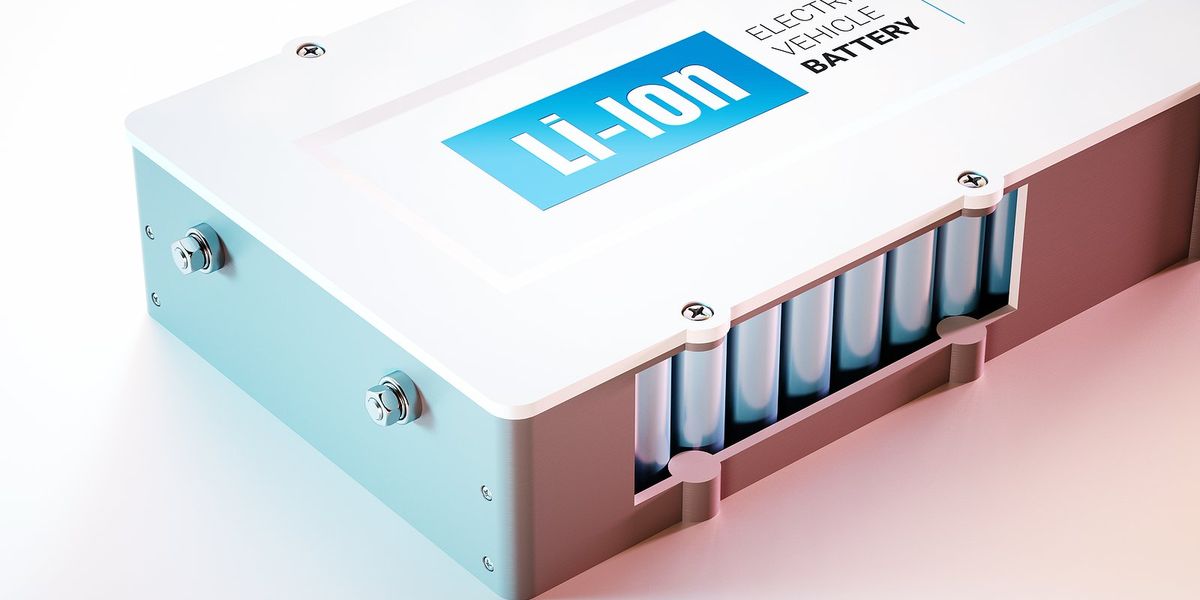
Paris proves cities can clear the air by kicking cars to the curb
Over two decades, Paris slashed car traffic, ramped up green space, and reimagined its streets — and now, the air is finally catching its breath.
Naema Ahmed and Chico Harlan report for The Washington Post.
In short:
- Paris cut fine particulate matter by 55% and nitrogen dioxide by 50% since 2005, thanks to car restrictions, green policies, and a sharp focus on livability.
- Air pollution maps show that nearly the entire city was once smothered in harmful nitrogen dioxide; today, red zones linger only around highways.
- Despite pushback, Parisians are embracing the shift — voting to pedestrianize hundreds more streets and hiking SUV parking fees to encourage smaller, cleaner cars.
Key quote:
“An urban policy based on well-being.”
— Carlos Moreno, professor at Paris 1 Panthéon-Sorbonne University and former adviser to the city
Why this matters:
This is what it looks like when a city treats clean air not as a luxury, but a birthright. Paris didn’t wait for some future innovation to fix its pollution. It just did less of what made the air dirty in the first place. What used to be a city blanketed in nitrogen dioxide — those invisible fumes we’ve learned to associate with asthma, heart disease, and early death — is now breathing noticeably easier.
Read more:














